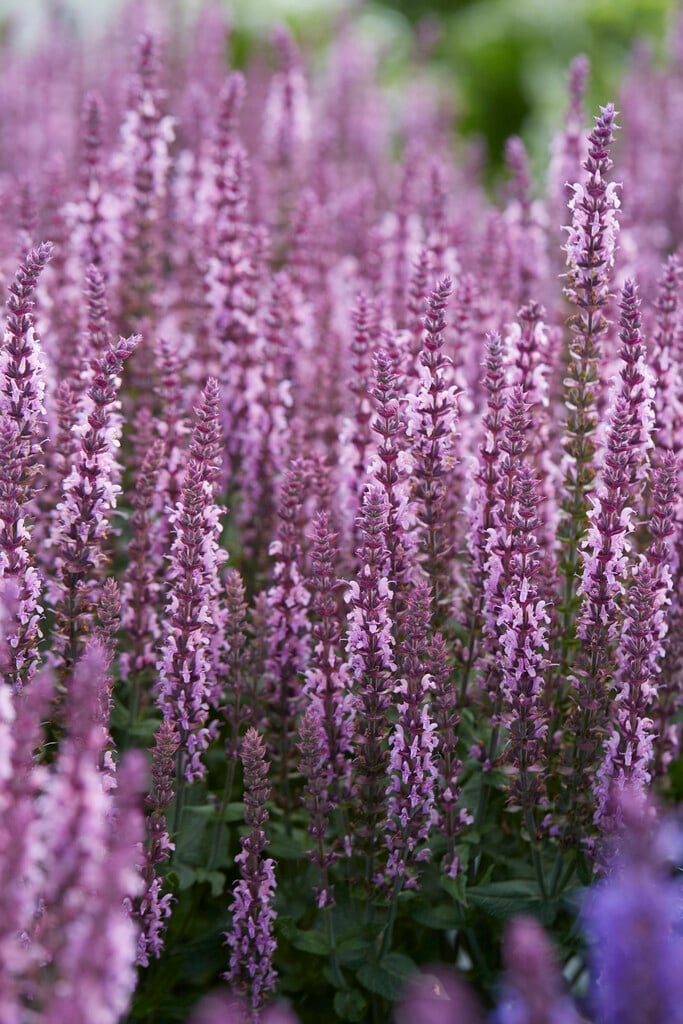Size
Ultimate height
0.1–0.5 metresTime to ultimate height
2–5 yearsUltimate spread
0.1–0.5 metresGrowing conditions
Moisture
Moist but well–drained, Well–drainedpH
Acid, Alkaline, NeutralColour & scent
| Stem | Flower | Foliage | Fruit | |
| Spring | Green Grey Silver | |||
|---|---|---|---|---|
| Summer | Pink | Green Grey Silver | ||
| Autumn | Pink | Green Grey Silver | ||
| Winter |
Position
- Full sun
- Partial shade
Aspect
East–facing or South–facing or West–facing
Exposure
Exposed or Sheltered Hardiness
H6Botanical details
- Family
- Lamiaceae
- Native to GB / Ireland
- No
- Foliage
- Deciduous
- Habit
- Bushy
- Genus
Salvia can be annuals, biennials, herbaceous or evergreen perennials, or shrubs. They have paired, simple or pinnately lobed, often aromatic leaves and 2-lipped flowers in whorls, forming simple or branched spikes or racemes
- Name status
Trade
How to grow
Cultivation
Grow in a fertile humus-rich moist but well drained soil in full sun or light dappled shade
Propagation
Propagate by basal or soft wood cuttings in early spring or mid summer. Semi-ripe cuttings in late summer or early autumn. Rooted cuttings will need winter protection in a cold frame or cold greenhouse
Suggested planting locations and garden types
- Cottage and informal garden
- Patio and container plants
- Wildlife gardens
- City and courtyard gardens
- Coastal
- Gravel garden
- Mediterranean climate plants
- Flower borders and beds
Pruning
Cut back faded flower spikes to prolong flowering
Pests
Diseases
May be susceptible to honey fungus (rarely), powdery mildews, verticillium wilt and foot and root rots
Get involved
The Royal Horticultural Society is the UK’s leading gardening charity. We aim to enrich everyone’s life through plants, and make the UK a greener and more beautiful place.
